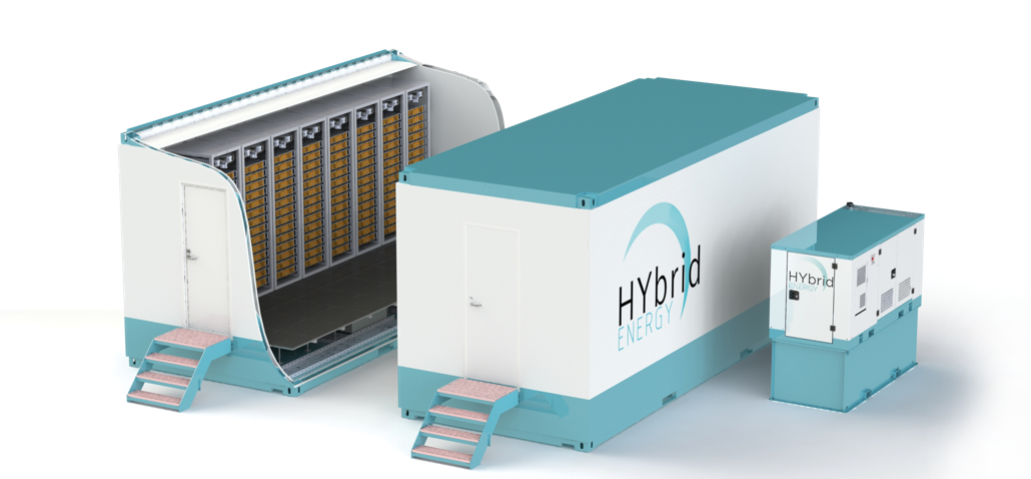
Advantages and disadvantages of different energy storage technologies
Share
Here's an overview of the pros and cons of various energy storage technologies:
1. Lithium-Ion Batteries
Pros:
- High Energy Density: Can store a large amount of energy in a relatively small space.
- Fast Response Time: Excellent for applications requiring quick energy delivery.
- Scalability: Suitable for small-scale (portable electronics) to large-scale (grid storage) applications.
- Efficiency: High round-trip efficiency (typically 85-95%).
Cons:
- Cost: Still relatively expensive, though costs are decreasing.
- Lifespan: Degrades over time, especially with deep discharge cycles.
- Resource-Intensive: Relies on finite resources like lithium and cobalt.
- Safety Concerns: Risk of thermal runaway and fires if damaged or improperly managed.
2. Pumped Hydroelectric Storage
Pros:
- Mature Technology: Well-established and reliable.
- Large Capacity: Capable of storing large amounts of energy, suitable for grid-scale applications.
- Long Lifespan: Can last for decades with proper maintenance.
- High Efficiency: Round-trip efficiency typically ranges from 70-85%.
Cons:
- Geographic Limitations: Requires specific topography (e.g., large elevation differences) and water availability.
- Environmental Impact: Can disrupt local ecosystems and waterways.
- High Initial Cost: Significant upfront capital investment required.
3. Compressed Air Energy Storage (CAES)
Pros:
- Large-Scale Storage: Capable of storing large amounts of energy.
- Long Lifespan: Equipment and storage caverns have long operational lives.
- Cost-Effective: Can be cheaper than batteries for large-scale storage.
Cons:
- Low Efficiency: Typically around 40-55% without heat recovery.
- Geographic Limitations: Requires suitable underground caverns or reservoirs.
- Complexity: Involves complex systems to manage temperature and pressure.
4. Flywheel Energy Storage
Pros:
- High Power Density: Excellent for short bursts of high power.
- Long Cycle Life: Can last for many years with minimal degradation.
- Fast Response Time: Immediate energy delivery when needed.
- Low Maintenance: Minimal wear and tear as there are few moving parts.
Cons:
- Short Duration: Typically stores energy for short periods (minutes to hours).
- Cost: High initial costs for advanced flywheels.
- Safety Concerns: High-speed rotors can be hazardous if they fail.
5. Molten Salt Energy Storage
Pros:
- Thermal Stability: Can store energy at high temperatures for extended periods.
- Scalability: Suitable for large-scale applications, particularly in solar thermal power plants.
- Cost-Effective: Lower cost compared to some battery technologies for large-scale applications.
Cons:
- Efficiency: Round-trip efficiency is lower (around 60-70%) compared to batteries.
- Complexity: Requires careful management of temperature and materials.
- Geographic Limitations: Best suited for areas with abundant solar resources.
6. Flow Batteries
Pros:
- Long Lifespan: Can endure many charge-discharge cycles with minimal degradation.
- Scalability: Easily scalable by increasing the size of storage tanks.
- Safe: Generally safer than lithium-ion batteries, with lower risk of thermal runaway.
Cons:
- Low Energy Density: Requires large space for the electrolyte tanks.
- Complexity: More complex system compared to solid-state batteries.
- Cost: High initial cost, though this is decreasing with technological advancements.
Each energy storage technology has its unique advantages and trade-offs, making them more or less suitable depending on the specific application, geographic location, and economic considerations.
